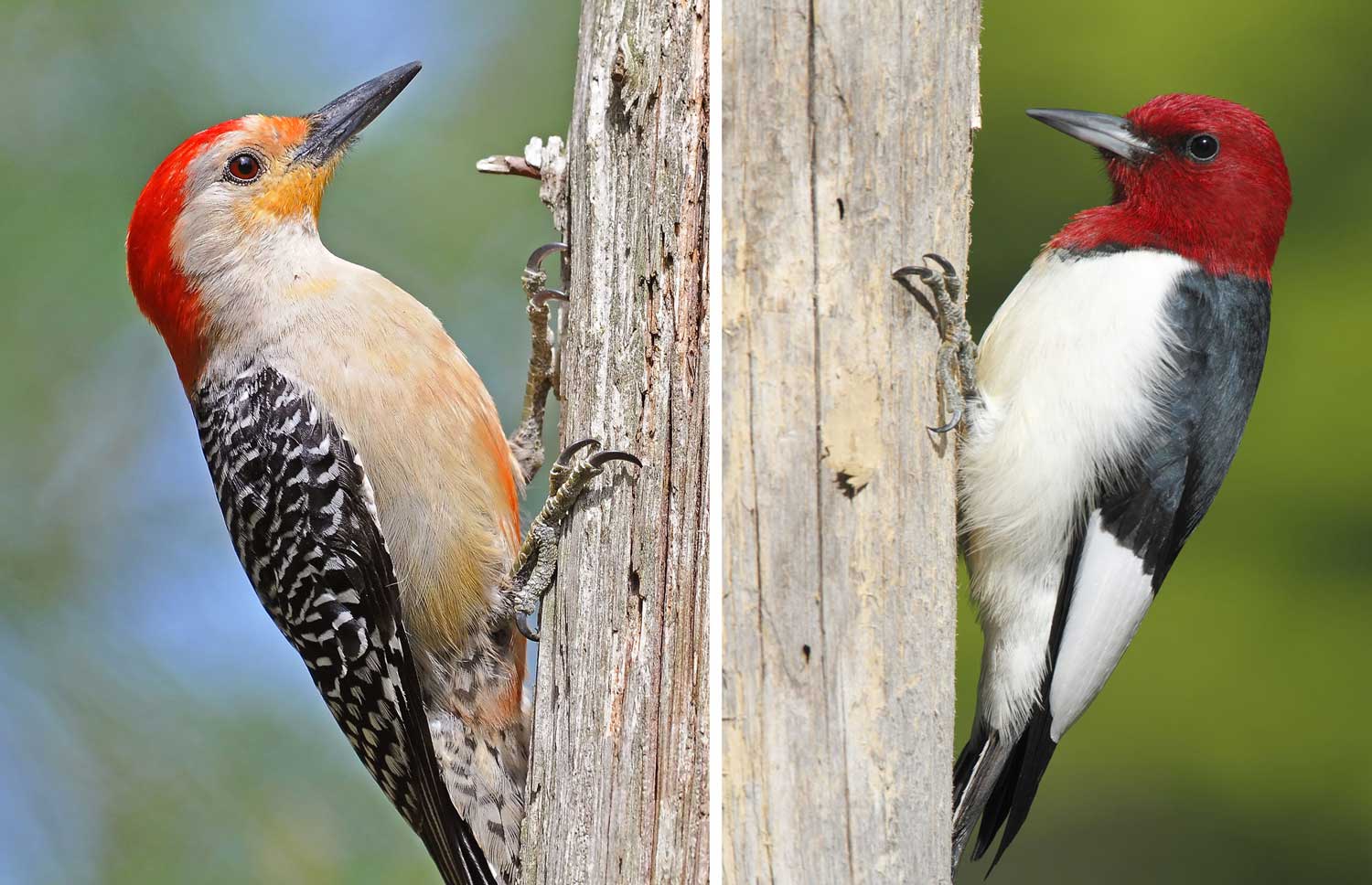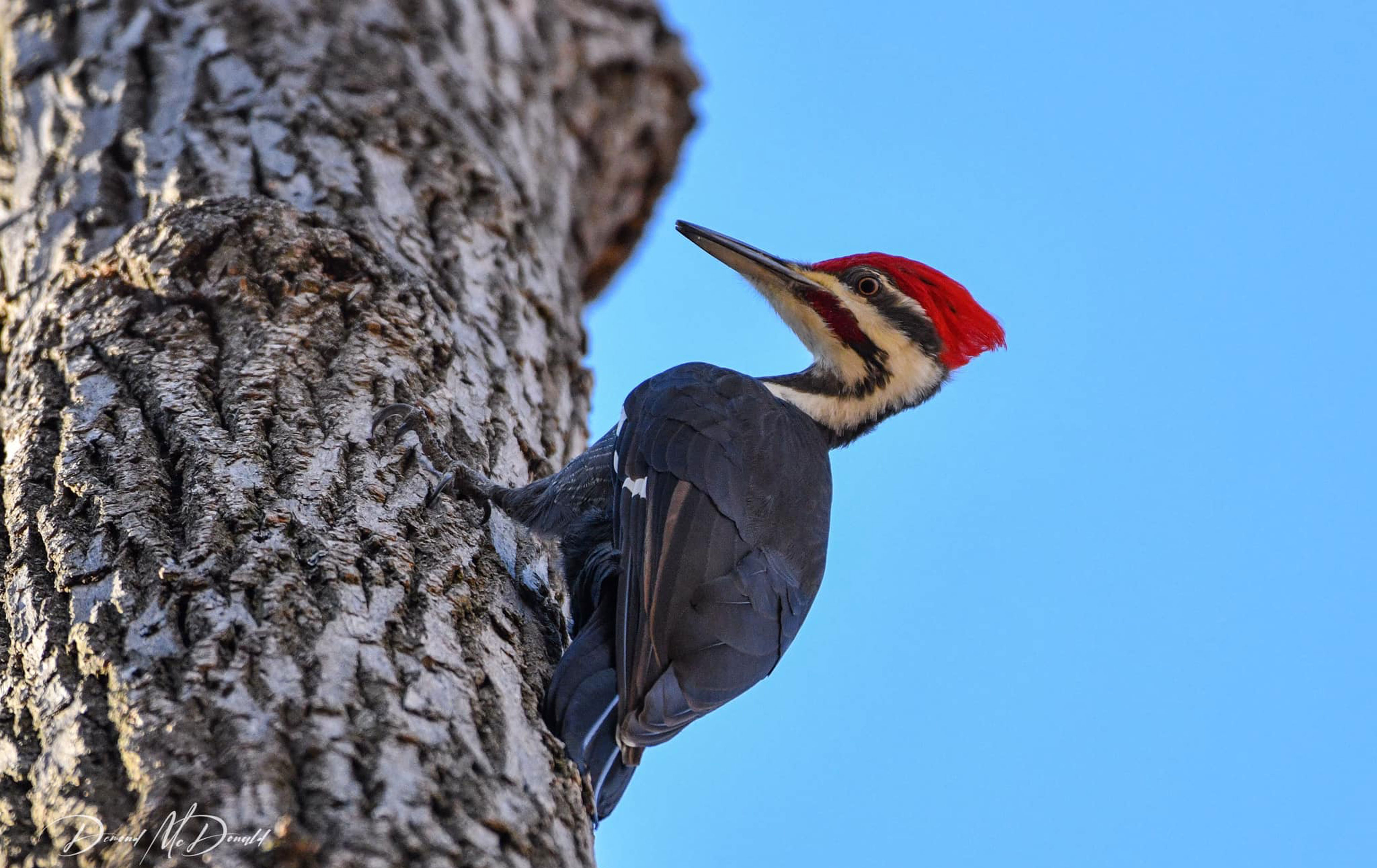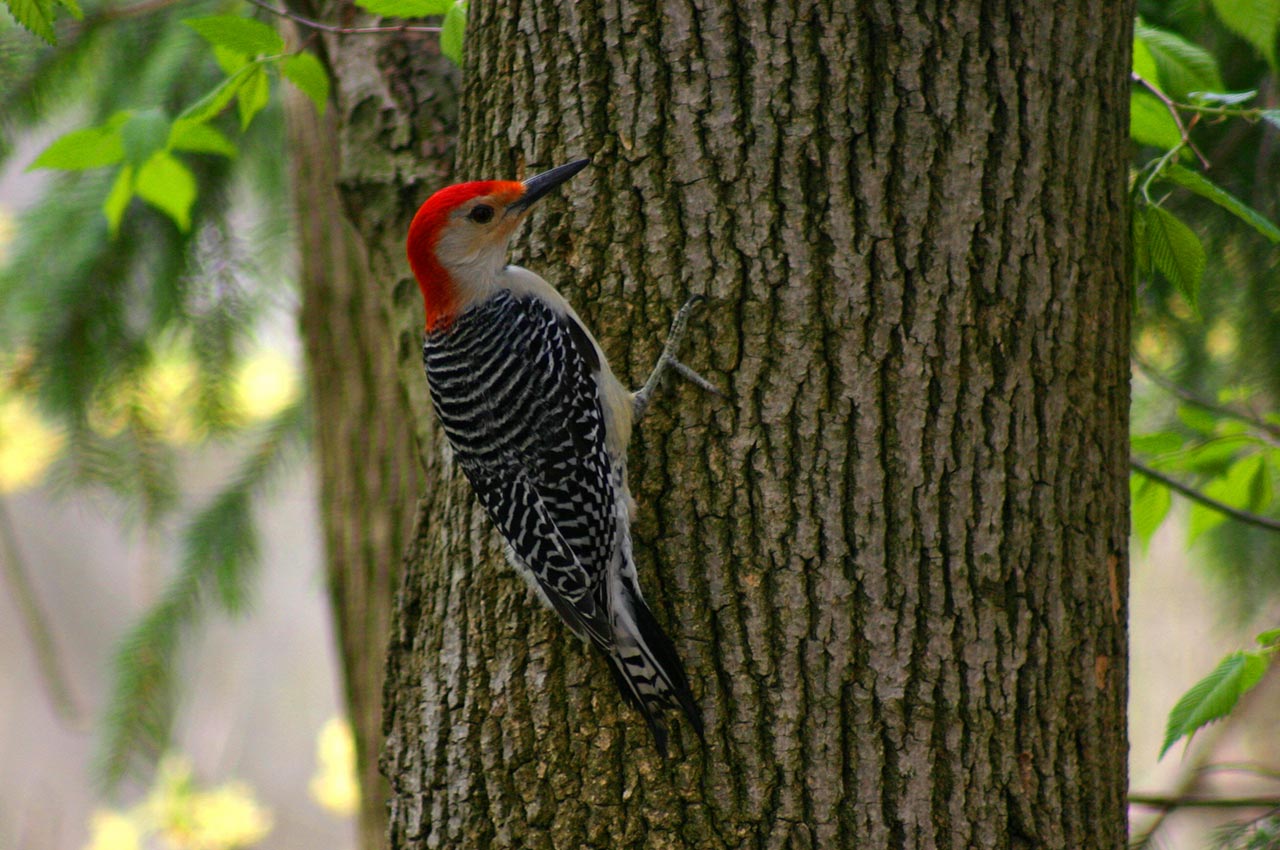Woodpeckers in Florida Population: Species Summary and Conservation
Woodpeckers in Florida Population: Species Summary and Conservation
Blog Article
Discover the Remarkable Globe of Woodpeckers: Whatever You Need to Know
The globe of woodpeckers is a realm filled up with unique habits, detailed adjustments, and a diverse selection of species. From their environments and distribution patterns to their feeding behaviors and specialized physiological attributes, woodpeckers have long captivated the interest of ornithologists and nature fanatics alike.
Woodpecker Habitats and Circulation
Woodpeckers live in a diverse variety of atmospheres worldwide, showcasing adaptability in their circulation patterns. These durable birds are located in woodlands, timberlands, savannas, and deserts throughout numerous continents, showing their capacity to grow in various weather conditions. In The United States and Canada, for example, woodpeckers can be found in both coniferous and deciduous forests, using their solid beaks to forage for insects and produce nesting dental caries in trees. In Africa, specific woodpecker species have adjusted to dry settings, such as the acacia timberlands, where they play a crucial duty in controlling insect populations.

Feeding Behaviors and Diet Regimen
Woodpeckers use their solid beaks to pierce right into the bark of trees, penetrating for pests and larvae hidden below the surface area. In enhancement to bugs, woodpeckers likewise consume nuts, seeds, fruits, and sap.
Woodpeckers are understood for their drumming behavior, which serves not only to connect with various other woodpeckers yet additionally to situate food. The rapid drumming noise is developed by the bird pecking on resonant surfaces like dead trees or metal posts. This actions can bring in bugs hidden in the wood, enabling the woodpecker to discover their presence and feed on them.
One-of-a-kind Adjustments for Tree Climbing
In their experienced search of insects hidden within tree bark, woodpeckers have progressed impressive read physiological features that equip them with distinct adjustments for effective tree climbing. Woodpeckers have solid neck muscular tissues and an unique skull structure that absorb the impact of continuous pecking, enabling them to climb up up and down without creating harm to their brains. These adaptations showcase the extraordinary transformative layout that makes it possible for woodpeckers to browse trees with accuracy and performance.
Diverse Woodpecker Variety Worldwide
With over 200 various varieties spread out throughout numerous environments worldwide, the family of Picidae includes a remarkable diversity of woodpeckers. These birds can be discovered in forests, forests, savannas, and even urban areas, showcasing their adaptability to different settings. From the iconic Northern Flicker in Discover More North America to the colorful and elusive Crimson-backed Flameback in Asia, each woodpecker species exhibits one-of-a-kind characteristics in terms of plumage, habits, and habitat preference.
Woodpeckers vary significantly in size, with the diminutive Downy Woodpecker measuring around 6-7 inches in size, while the effective Lineated Woodpecker can reach up to 17 inches - Woodpeckers in Florida. Their beaks also come in various forms and sizes, reflecting their feeding behaviors. Some varieties focus on extracting pests from tree bark, like the Acorn Woodpecker, while others, such as the Black-cheeked Woodpecker, prey on fruits and seeds
)
Preservation Efforts and Difficulties
Conservation initiatives for woodpecker populations are important in mitigating the impact of habitat loss and other hazards facing these diverse avian types. Woodpeckers encounter various obstacles to their survival, primarily because of deforestation, urbanization, climate modification, and invasive types. To resolve these concerns, preservation initiatives concentrate on protecting and restoring woodpecker habitats, carrying out lasting forestry techniques, and elevating awareness about the significance of these birds in environments.
One substantial obstacle in woodpecker preservation is the fragmentation of their environments, causing separated populations that are much more susceptible to extinction - Woodpeckers in Florida. Conservationists function to develop wild animals passages and safeguarded areas that attach these fragmented environments, enabling woodpeckers to move between various locations for feeding, breeding, and shelter

Verdict
Finally, woodpeckers are fascinating birds with distinct adaptations for tree climbing and feeding actions. They can be located in varied habitats worldwide, facing conservation difficulties because of environment loss and human tasks. Comprehending their environments, diet regimens, and actions is crucial for conservation efforts to protect these essential bird types. Additional research study and conservation actions are needed to guarantee the survival of woodpeckers in the wild.
Report this page